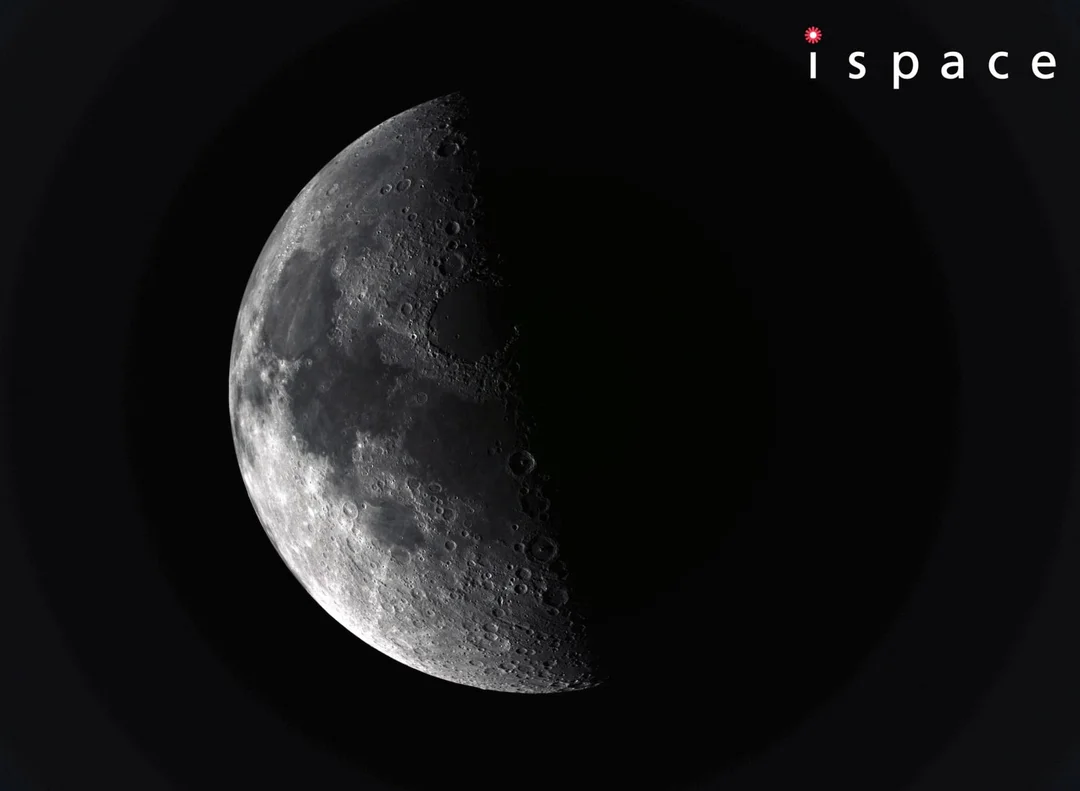
Japan’s ispace Inches Closer to Lunar Landing as Resilience Enters Orbit
The race to the moon is heating up! Japan's private lunar lander, Resilience, developed by Tokyo-based ispace, has successfully entered lunar orbit, marking a critical milestone ahead of its planned touchdown in early June. This endeavor follows closely on the heels of other private lunar missions, setting the stage for a new era of lunar exploration and resource exploitation.
Crucial Orbit Achieved
ispace announced on May 6th that Resilience achieved lunar orbit after a crucial nine-minute thruster burn. "The countdown to lunar landing has now officially begun," the company declared, highlighting the significance of this achievement. This marks the seventh of ten milestones for the HAKUTO-R M2 mission, bringing the company one step closer to its ultimate goal: a successful landing and a steady system state on the moon.

A Journey of Resilience
Resilience launched aboard a SpaceX Falcon 9 rocket, sharing the ride with Firefly Aerospace's Blue Ghost 1 in January. While Firefly's Blue Ghost reached the moon first, landing successfully in March, Resilience took a more fuel-efficient route, performing a lunar flyby on February 14th before entering orbit. This approach demonstrates the different strategies companies are employing to conquer the challenges of lunar travel.
Landing Target and Scientific Payloads
The landing is scheduled for no earlier than June 5th, targeting Mare Frigoris, a basaltic plain in the moon's northern hemisphere. Resilience carries several payloads, including a mini rover named Tenacious, built by ispace's European subsidiary. Interestingly, Tenacious will collect lunar regolith under a contract with NASA, demonstrating the growing commercial interest in lunar resources. It will also carry Moonhouse, a project by artist Mikael Genberg. ispace aims to contribute to opening the moon for exploration and potentially resource exploitation.

Learning from Past Setbacks
This isn't ispace's first attempt. The company's initial lunar lander crashed during its touchdown try in April 2023, a setback they attributed to a software problem. Takeshi Hakamada, CEO of ispace, noted the experience gained from the first mission, emphasizing the operational improvements made for this second attempt.
Future Lunar Ambitions
ispace is also looking towards the future. Their American subsidiary, ispace U.S. is building a lander for NASA's Commercial Lunar Payload Services (CLPS) program scheduled for launch in 2026. Furthermore, they are part of a team selected by Japan's space agency JAXA to develop a lunar orbiter to map water ice deposits, indicating their commitment to long-term lunar exploration.
A Pivotal Moment for Commercial Lunar Exploration
The successful lunar orbit achieved by ispace's Resilience represents a significant achievement in the burgeoning commercial space sector. Will Resilience successfully land on the moon, marking a historic moment for Japan and private space exploration? What impact will this mission have on future lunar endeavors and resource utilization? Share your thoughts and predictions in the comments below!